
A one-day discussion meeting to explore the application of rewilding concepts to Dorset.
Date: Thursday 5th May
Meeting commences: 10:00 am
Meeting finishes: 5.30 pm
Venue: Charlton Down Village Hall, near Dorchester, Dorset. DT2 9UA
In recent years, rewilding has become a major theme in conservation, stimulated by publications such as George Monbiot’s Feral and the launch of rewilding organisations both in the UK and at the European scale. While a number of rewilding initiatives have been launched in the UK, most of these are predominantly located in upland areas in the north and west of the country. Elsewhere in Europe, many rewilding initiatives are seeking to encourage ecological recovery on agricultural land that has been abandoned. This raises the question of whether rewilding concepts are applicable to intensive agricultural landscapes such as Dorset, and if so, how they might best be implemented.
The aim of this meeting is to examine concept of rewilding: how it is defined, which approaches can be used, and whether such concepts and approaches might be relevant to Dorset.
We are delighted to be able to welcome a number of speakers who will present at the meeting, including leading researchers with expertise in rewilding, and practitioners with experience in implementing rewilding projects. The meeting will also involve representatives from a number of conservation organisations in Dorset, who will be invited to share their perspectives on rewilding. We hope to provide an opportunity to learn about what rewilding entails and to examine its strengths and weaknesses as a concept, and also to discuss its potential application in Dorset.
Speakers:
- Dr Paul Jepson, Oxford University – “Rewilding policy: risk and opportunities”
- Dr Christopher Sandom, University of Sussex – “Putting rewilding into practice”
- Dr Matthew Heard, Centre for Ecology and Hydrology – “Ecological impacts of rewilding using extensive grazing: the case of Knepp Estate”
- Fiona Bowles, Poole Harbour Catchment Initiative – “Is there space for Dorset Rivers to run wild?”
- Helen Meech, Rewilding Britain – “Why Rewild Britain?”
- Professor Richard Brazier, Exeter University – “Quantifying the ecohydrological impacts
- of reintroducing Eurasian Beaver to intensively managed, lowland agricultural landscapes”
- Alison Turnock, Dorset AONB – “The Wild Purbeck Nature Improvement Area – towards bigger, better, more, joined”
It is essential you book a ticket if you wish to attend, please visit: rewilding-dorset.eventbrite.co.uk.
For all enquiries email Arjan Gosal (agosal@bournemouth.ac.uk)
Photo credit:
European beaver (Castor fiber) by Per Harald Olsen/ NTNU (CC BY)
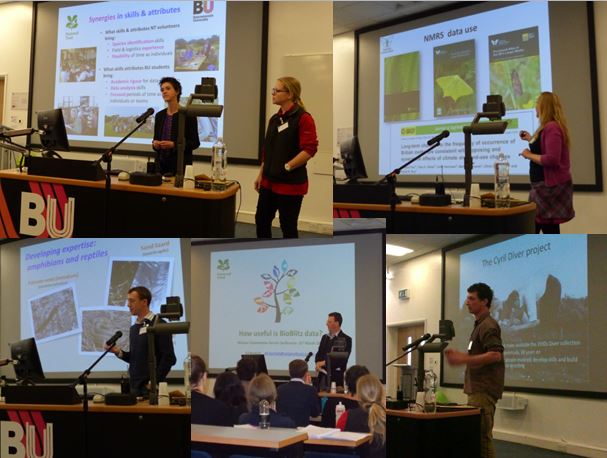

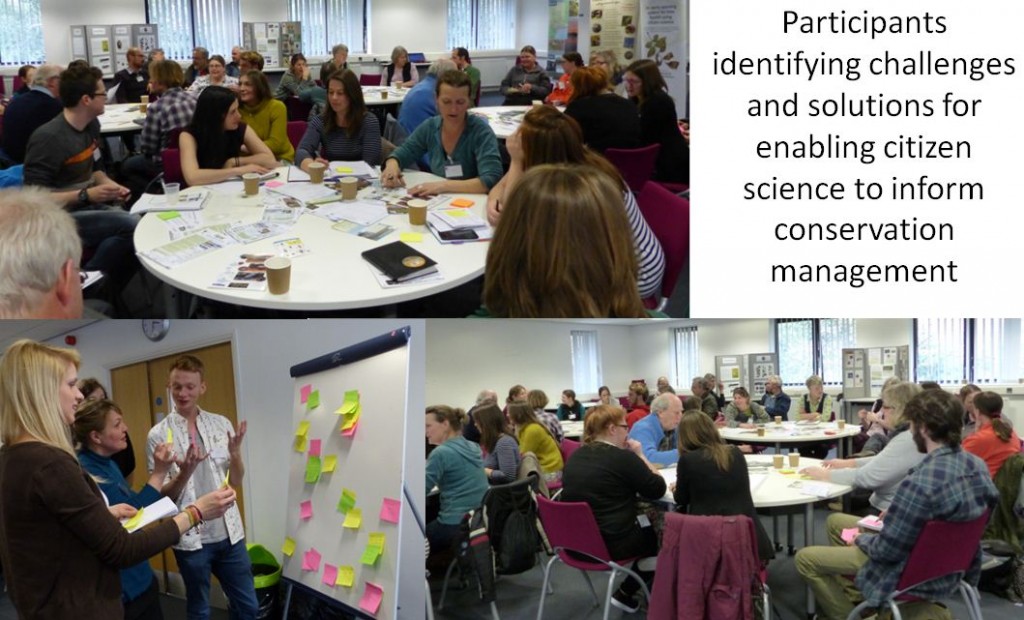
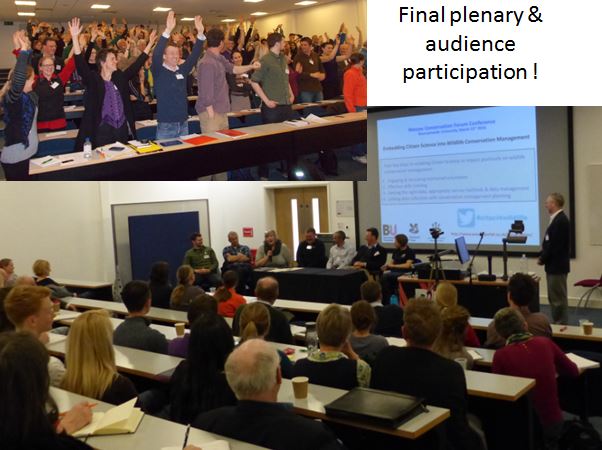

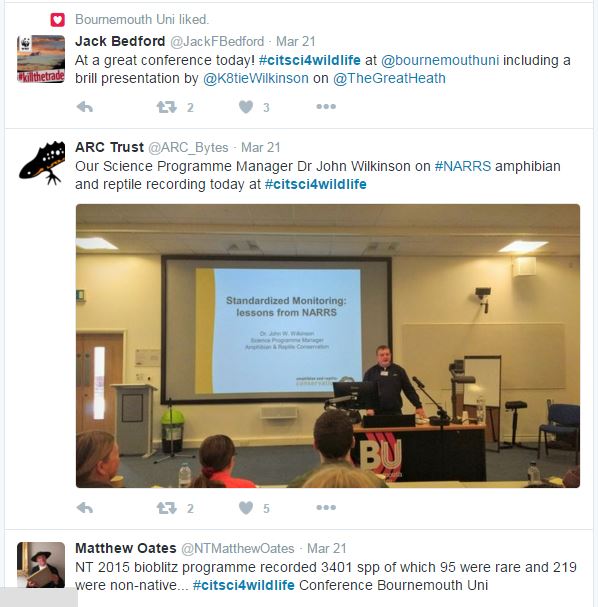
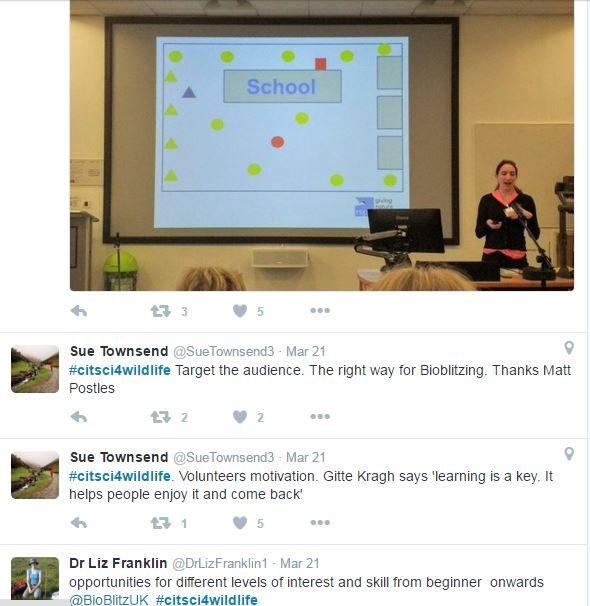


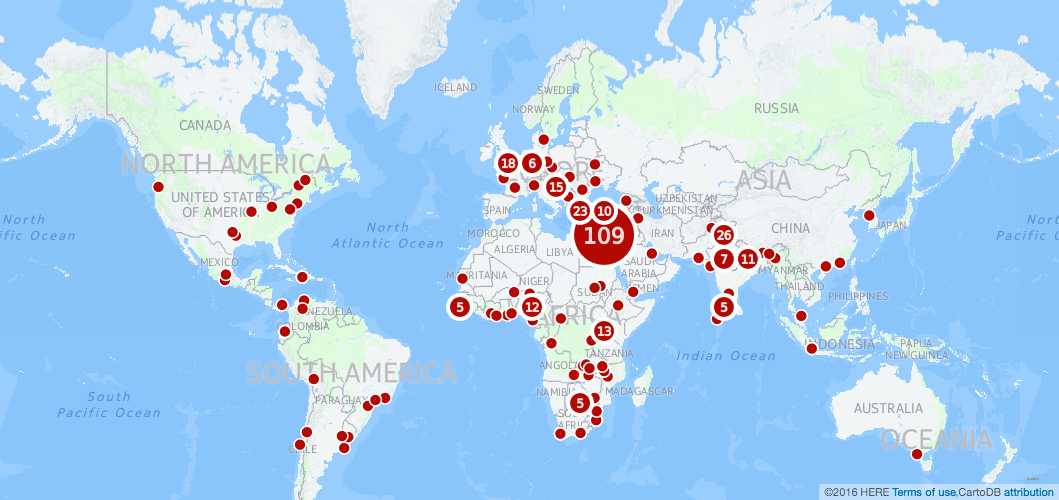
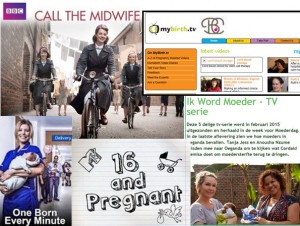 Our latest paper in the international journal BMC Pregnancy & Childbirth published late last month was highlighted yesterday in a
Our latest paper in the international journal BMC Pregnancy & Childbirth published late last month was highlighted yesterday in a  Our paper is great example of interdisciplinary research, as celebrated at the forthcoming Interdisciplinary Research Sector Day on June 21st (
Our paper is great example of interdisciplinary research, as celebrated at the forthcoming Interdisciplinary Research Sector Day on June 21st (



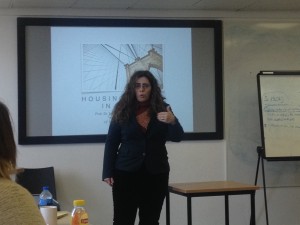


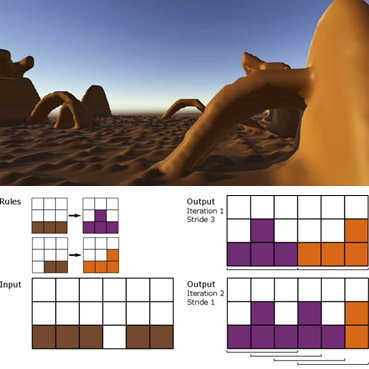
 Doing a PhD may appeal to midwives and other NHS health professionals, but it often involves having to make difficult choices. Undertaking a part-time PhD means studying on top of a busy clinical position, but starting full-time study involves stepping away from practice, which may lead to a loss of clinical skills and confidence. The Centre for Midwifery, Maternal & Perinatal Health (CMMPH) at Bournemouth University has come up with a novel solution making it easier for midwives to undertake a doctorate while still maintaining their clinical skills. This approach is highlighted in the latest publication by Dr. Susan Way and colleagues, describing a process where CMMPH collaborate with NHS partners to apply for a match-funded PhD. [1] The first partnership was with Portsmouth Hospitals NHS Foundation Trust (PHT), with later partners expanded to cover the Isle of Wight and Southampton. Currently there are negotiations with Dorset Country Hospital NHS Foundation Trust and Poole Hospital NHS Foundation Trust. Non NHS organisations have also showed an interest with the Anglo European Chiropractic College (AECC) our likely next collaborator.
Doing a PhD may appeal to midwives and other NHS health professionals, but it often involves having to make difficult choices. Undertaking a part-time PhD means studying on top of a busy clinical position, but starting full-time study involves stepping away from practice, which may lead to a loss of clinical skills and confidence. The Centre for Midwifery, Maternal & Perinatal Health (CMMPH) at Bournemouth University has come up with a novel solution making it easier for midwives to undertake a doctorate while still maintaining their clinical skills. This approach is highlighted in the latest publication by Dr. Susan Way and colleagues, describing a process where CMMPH collaborate with NHS partners to apply for a match-funded PhD. [1] The first partnership was with Portsmouth Hospitals NHS Foundation Trust (PHT), with later partners expanded to cover the Isle of Wight and Southampton. Currently there are negotiations with Dorset Country Hospital NHS Foundation Trust and Poole Hospital NHS Foundation Trust. Non NHS organisations have also showed an interest with the Anglo European Chiropractic College (AECC) our likely next collaborator.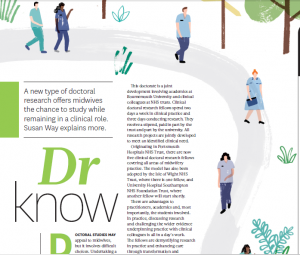












 ESRC Festival of Social Science 2025 – Reflecting back and looking ahead to 2026
ESRC Festival of Social Science 2025 – Reflecting back and looking ahead to 2026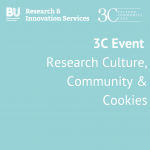 3C Event: Research Culture, Community & Cookies – Tuesday 13 January 10-11am
3C Event: Research Culture, Community & Cookies – Tuesday 13 January 10-11am Dr. Chloe Casey on Sky News
Dr. Chloe Casey on Sky News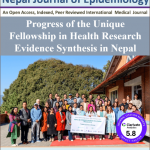 Final Bournemouth University publication of 2025
Final Bournemouth University publication of 2025 On Christmas Day in the Morning…
On Christmas Day in the Morning… ECR Funding Open Call: Research Culture & Community Grant – Application Deadline Friday 12 December
ECR Funding Open Call: Research Culture & Community Grant – Application Deadline Friday 12 December MSCA Postdoctoral Fellowships 2025 Call
MSCA Postdoctoral Fellowships 2025 Call ERC Advanced Grant 2025 Webinar
ERC Advanced Grant 2025 Webinar Horizon Europe Work Programme 2025 Published
Horizon Europe Work Programme 2025 Published Update on UKRO services
Update on UKRO services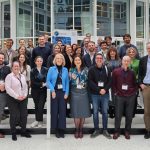 European research project exploring use of ‘virtual twins’ to better manage metabolic associated fatty liver disease
European research project exploring use of ‘virtual twins’ to better manage metabolic associated fatty liver disease